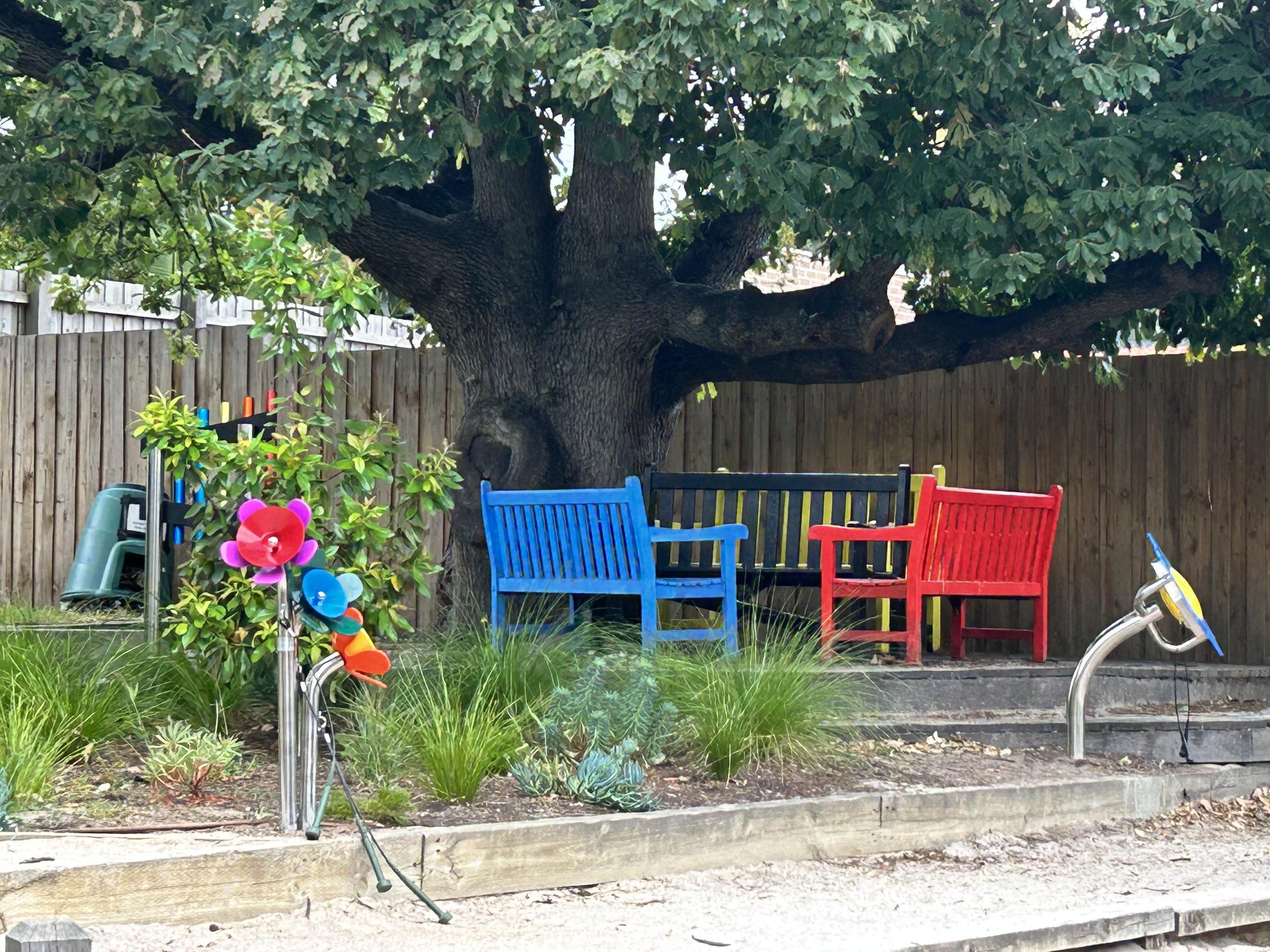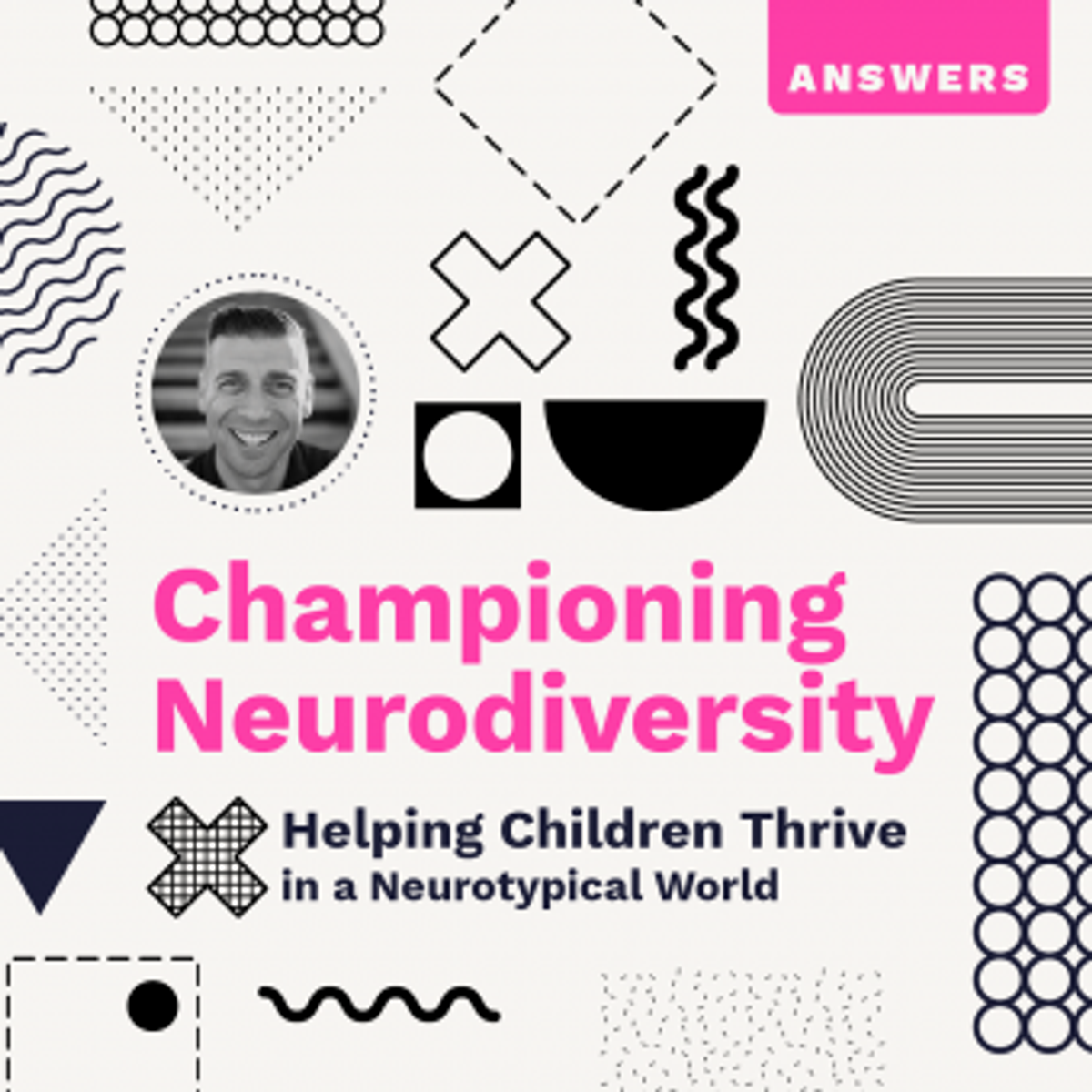Wellbeing
Madeleine Paslis | Wellbeing Learning Specialist

Wellbeing
Madeleine Paslis | Wellbeing Learning Specialist
Friendship is an important part of life, especially in primary school. It teaches students kindness, empathy, and how to build strong, supportive relationships. At Hampton Primary, we believe that fostering these connections helps our students thrive both in and out of the classroom.
We are proud to incorporate the Visible Wellbeing program into our curriculum. This innovative approach emphasizes the importance of emotional and social wellbeing, making it visible and tangible for our students. Through activities and discussions, children learn to recognize and express their emotions, understand others' feelings, and develop positive relationships.
In addition to Visible Wellbeing, we also implement the Resilience, Rights and Respectful Relationships (RRRR) program. This program is designed to help students build the skills they need to establish healthy and respectful relationships throughout their lives.
The RRRR program covers a range of important topics, including:
By integrating these programs, we aim to create a nurturing environment where every student feels valued and supported. Our goal is to equip our children with the tools they need to navigate their social world with confidence and respect.
Our 2024 Friendship Captains, Cleo and Sam run a Friendship Friday club on the stage during the first half of lunch on Fridays. Activities have included lego, chatterboxes and making a friendship chain.
Our 2024 Wellbeing Captains, Matilda and Annika run Wellbeing Wednesdays, a club to foster connection and positive emotions. Each Wednesday during the first half of lunch they open the chicken coop for students to visit the chickens.
(new name coming!)
Our Wellbeing space currently encompasses the sensory garden and our wonderful chickens. As part of the continuing development of our Wellbeing space, we are working on creating an area that children can go to with their friends, if they have lost their friends or if they just want some quiet time. The location will be on the deck under the lovely big tree as indicated in the main photo above.
We were so fortunate to have Evie (Gr 2) propose a project to me last year that aligned beautifully with this vision. Her idea was to create an outside library so that students could sit and read in the friendship space. She worked over many months with her poppy to complete her project and presented the finished product at our assembly.
Winnie the Pooh once said that “a day without a friend is like a pot without a single drop of honey left inside,” and my bet is that when he said this, that he wasn’t talking about any friend, he was talking about a good friend.
Being a good friend and knowing what a good friend entails is an integral component of friendship. Research says that kids start making meaningful friendships from around the age of four and from that point onwards, friendships will contribute to their wellbeing, learning, confidence and mental health.
But understanding what a good friend is can be tricky, so here are some strategies you can use to help explain what being a good friend means to your child and how they can be one.
While most adults know instinctively what a good friend is, explaining this to kids can be difficult, says Reach Out’s Online Community Coordinator Janine Nelson.
Pinpointing some of those elements of what being a good friend means can be a great way to start.
For example, “being a good friend means including concepts of respect, loyalty, providing support and having fun together“, Nelson explains.
“Good friends typically display behaviours such as being trustworthy, someone who is around for the hard times not just the good times, and someone you can laugh with. Good friends respect your boundaries, and make you feel comfortable being yourself.”
Healthy Harold and the team at Life Education add that “generally, being a good friend involves loyalty, empathy and trust. A good friend would listen, be an upstander instead of a bystander, be forgiving, be patient, and respect your opinion. They are empathetic, and able to put themselves in your situation.”
It is also critical for kids to know that a good friend can be different for different people and that what we view as a good friend can change over time and as we grow.
“As kids grow older, it’s important to help them understand that there are many different types of friends and that these relationships can change over time,” says Nelson.
Helping your kids understand that this is normal and that it doesn’t equate to failure, while also supporting them through these changes is important.
Life Education says that helping your kids understand what specific values are associated with friendship is key to understanding what a good friend looks like and how to be one.
“Friendship values include being a loyal friend, accepting differences in a friend, standing up for a friend, being kind and supportive to a friend and including a friend in games,” they explain.
While knowledge and values are a key underpinning, consolidating these with skills is the next step.
Life Education suggest you “explain to your child that just as they can get better at swimming by practising, they can also get better at making and keeping friends by practising social skills such as smiling and greeting classmates, sharing, cooperating, negotiating, being positive, having an interesting conversation, playing games well (e.g., being a good winner and loser).”
Provide positive feedback when you observe your child using social skills or values that have the potential to contribute to the development of their friendships. This will help reinforce the values that make a good friend.
Don’t always try to fix every problem that arises, be present and support the children as they try to find a resolution. Create an environment where no questions are off limits so that nothing is too uncomfortable to discuss.
As your kids grow into teens, friendships often take on a different significance and influence. Reach Out advises some additional strategies for parents with pre-teens and teenagers to use to help support them being a good friend. Work with your teen to set expectations around how they should treat their friends. A reminder of the values of a good friend and the skills that a good friend utilises can be helpful.
Be supportive if your teen comes to you about an issue with one of their friends without necessarily always trying to solve the problem. Listen openly and non-judgmentally without jumping into solution mode can be helpful. Model the behaviours of being a good friend. For example, you could get your teen involved if you are cooking a meal to support a friend and use the opportunity to talk about why that is important to you.
Helping your child understand the distinction between being a friend and being a good friend is important but supporting them to become one can be a tricky process. It can vary depending on you, your child/ren, the friendships and over time. Experiment with different strategies and techniques and see what works best for you and your child/ren.
Shona Hendley is a freelance writer and a former secondary school teacher. Her work appears in Kidspot, ABC Everyday, The Guardian, Body + Soul, and News.com.au amongst others. Shona currently lives in regional Victoria with her family, including husband, two daughters, two cats, and three super cheeky goats. You can follow her on Instagram.


Championing Neurodiversity
Helping Your Child Thrive in a Neurotypical World
Monday 19 August | 7pm AEST
Life for a neurodiverse child is a journey of highs and lows, marked by the joy of mastering new skills and the challenges of setbacks. As their parent or teacher, your support is crucial.
Empower your school staff and parents with our “Championing Neurodiversity” webinar, designed specifically to equip parents and teachers with the knowledge and strategies they need to help neurodiverse children flourish.
Who is this webinar for?
This webinar is for educators, parents, and carers of children who are diagnosed as neurodiverse, are undergoing assessment, or are suspected to be neurodiverse.
Webinar Highlights:
To join the webinar:
https://schools.happyfamilies.com.au/championing-neurodiversity/
Hampton Primary Schoolhttps://schools.happyfamilies.com.au/login/hamps PASSWORD: happyhamps |